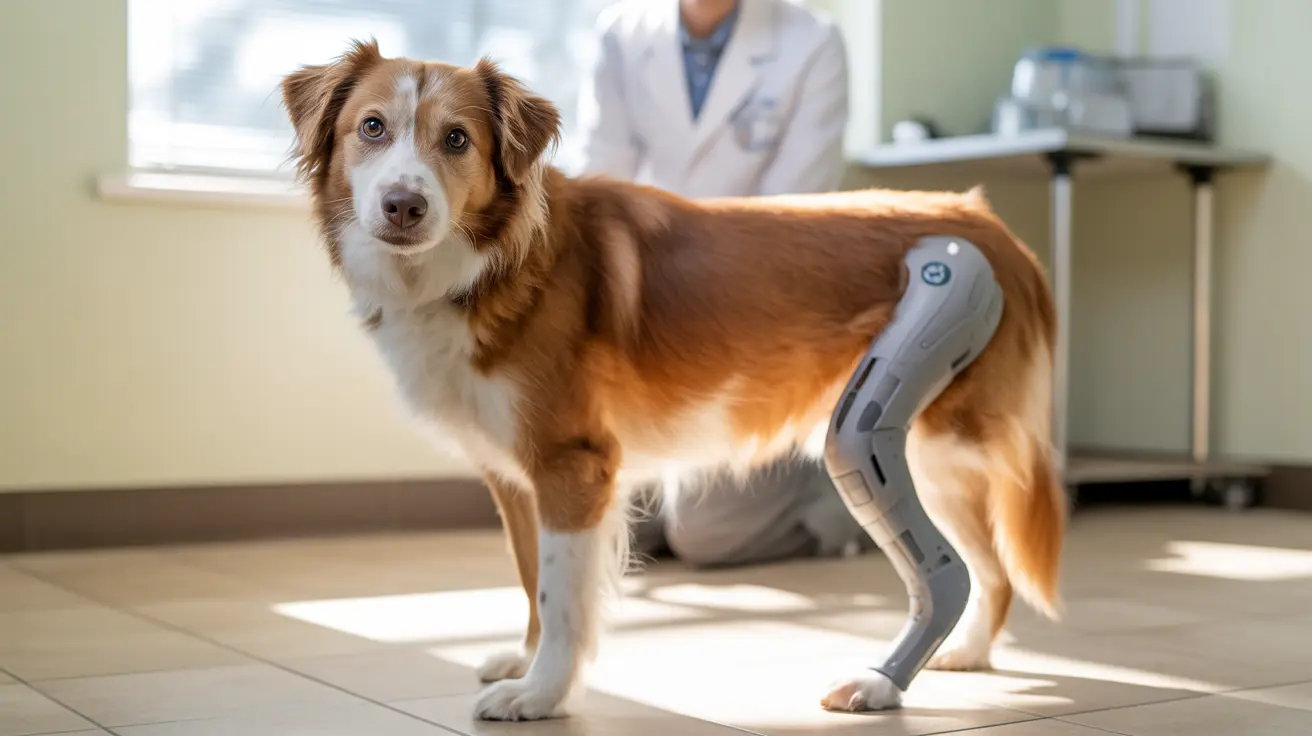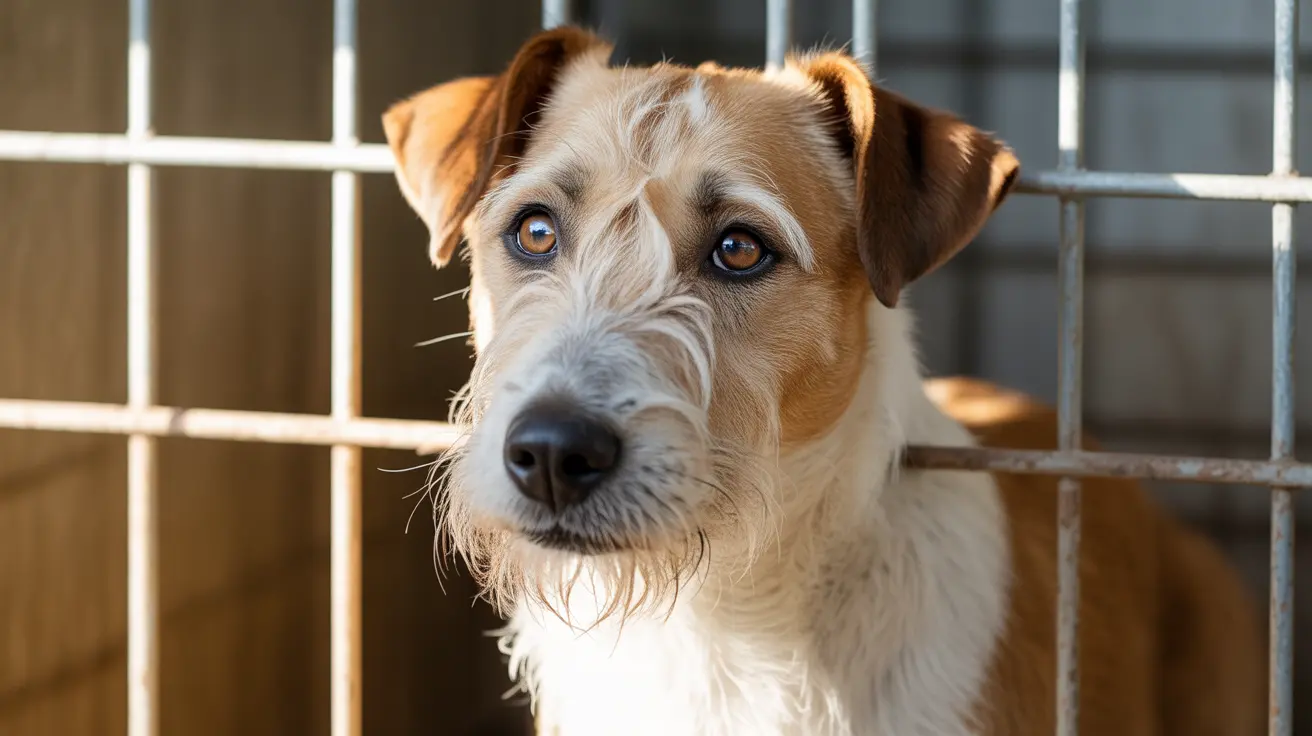How to Help Your Clingy Dog Become More Independent
It’s endearing when your dog wants to be near you, but when constant following and anxious attachment start to interfere with daily life, it may be a sign of excessive clinginess. Often referred to as "velcro dog" behavior, clinginess in dogs can stem from various causes, ranging from learned behavior to health issues. Understanding these triggers and implementing consistent strategies can help foster a more balanced, independent companion.
Understanding the Causes of Clingy Behavior
Several factors can cause a dog to become overly attached. Identifying the root cause is the first step toward addressing the issue effectively.
- Learned Behavior: Some dogs are inadvertently trained to be needy when owners reward clingy behavior with attention or treats. Puppies raised with constant companionship may fear solitude.
- Health Problems: Pain, illness, or age-related decline like hearing or vision loss can prompt dogs to seek comfort. Cognitive dysfunction in older dogs may also lead to confusion and increased attachment.
- Anxiety and Stress: Changes such as moving, new family members, or loud noises from fireworks or storms can provoke anxious behavior, leading dogs to stay close to their human for reassurance.
- Separation Anxiety: Unlike clingy dogs, those with true separation anxiety suffer distress when left alone, showing signs like destructive behavior, pacing, and vocalizing.
- Breed Traits: Certain breeds, including Labrador Retrievers, Poodles, and Chihuahuas, have natural tendencies toward attachment and thrive on constant human closeness.
- Trauma or Shelter Backgrounds: Dogs rescued from shelters or traumatic experiences might be insecure and require consistent reassurance to feel safe.
- Low Confidence: Dogs lacking socialization or confidence often rely heavily on their owners for support and reassurance in unfamiliar settings.
- Attention-Seeking: Dogs may act clingy to gain attention, especially if mentally or physically under-stimulated.
- Hormonal Changes: Female dogs in heat or those experiencing hormonal fluctuations from ailments like hypothyroidism may exhibit increased clinginess.
- Environmental and Seasonal Factors: Cold weather, thunderstorms, or barometric shifts can prompt dogs to seek warmth and reassurance from their owners.
- Resource Guarding: Some dogs may hover around owners possessively, unwilling to share their treasured human with other pets or people.
Signs of Problematic Clinginess
What sets problematic clinginess apart from normal affection is its intensity and impact on both owner and dog’s well-being. Common signs include:
- Following the owner constantly
- Whimpering or barking when the owner leaves a room
- Destructive behavior during short absences
- Constant desire for physical contact
- Loss of appetite or interest in other activities
Strategies to Reduce Clinginess
To help your dog become more self-sufficient, it’s vital to gradually build independence while maintaining a loving bond.
- Increase Physical Activity: Regular walks, fetch, or agility play can expend energy and reduce needy behavior.
- Provide Mental Stimulation: Puzzle feeders, training challenges, and scent games can keep your dog’s mind engaged and minimize boredom-related attachment.
- Create an Independent Rest Area: Encourage your dog to relax in their own bed or designated space with toys or blankets that carry your scent.
- Discourage Constant Shadowing: Avoid rewarding your dog immediately for following you around. Offer praise and petting when they engage in independent behavior instead.
- Follow a Consistent Routine: Dogs feel secure with predictability in feeding, walking, and play schedules.
- Gradually Desensitize: Practice minor departures and reduce sensitivity to cues like picking up keys or putting on shoes. Start with short separations and gradually extend time.
- Rotate Toys and Games: Introduce novelty and challenge with different toys and brain games to keep boredom at bay.
- Build Confidence Through Exposure: Ease your dog into new environments and situations, reinforcing calm, independent reactions.
- Seek Professional Support: Veterinary evaluation is crucial if clinginess arises suddenly. For more entrenched behaviors, especially linked to separation anxiety, work with a certified trainer or behaviorist.
Special Considerations for Sensitive Dogs
- Rescued Dogs: Be patient and gentle. Use consistent routines and positive reinforcement to build trust.
- Senior Dogs: Account for health limitations, cognitive decline, and increased need for comfort and familiarity.
- Weather-Sensitive Dogs: Create calm, cozy environments during storms or pressure changes. Use calming music or white noise if needed.
When to Seek Help
If interventions don’t lead to increased independence, or if clinginess escalates into separation anxiety, it’s wise to seek advice from a veterinarian or canine behavior specialist. Medical issues should always be ruled out first.
Ultimately, transforming a velcro dog into a confident companion takes time, patience, and consistency. With the right approach, your dog can learn to feel secure without constant proximity, leading to better balance and well-being for both pet and owner.





